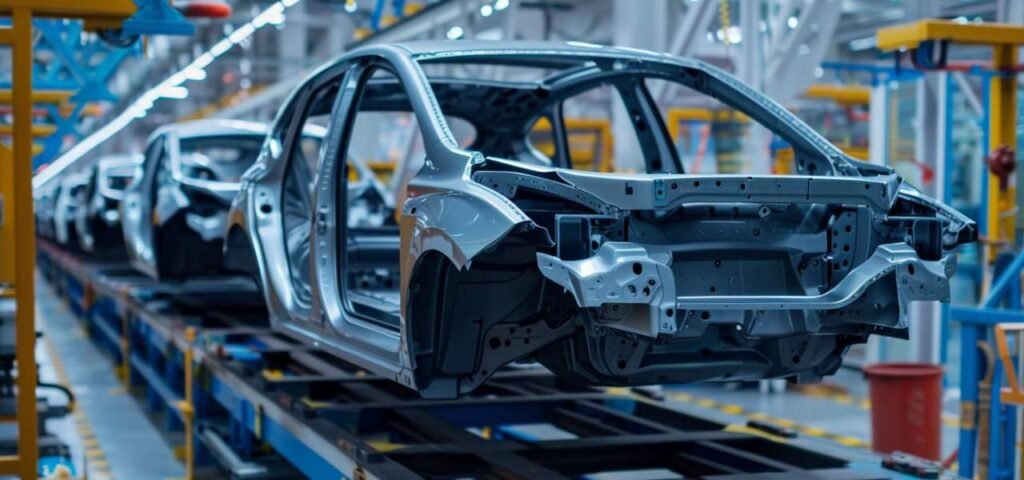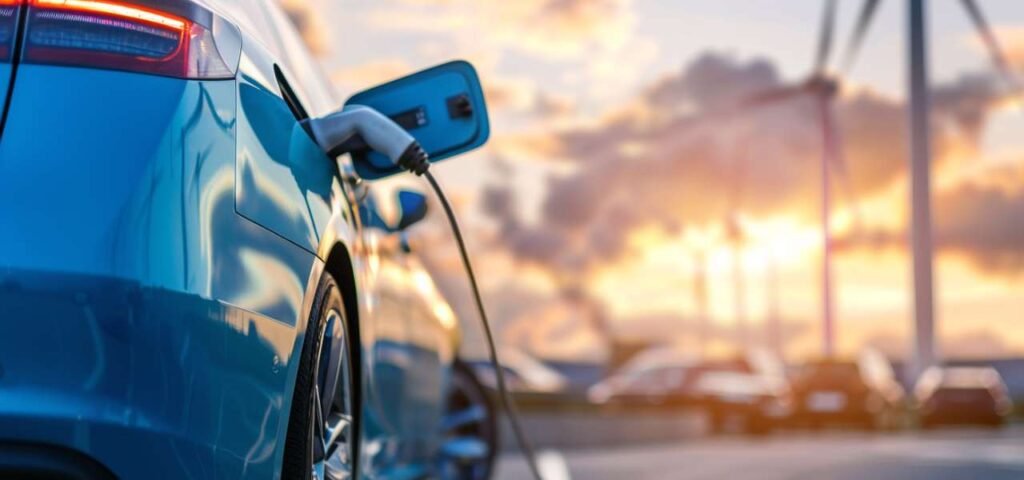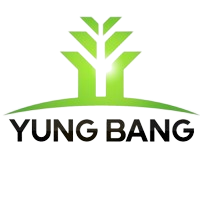1.Positive Electrode Materials for Lithium Batteries
In 2023, China’s lithium battery positive electrode market shipped 2.48 million tons, a year-on-year increase of 31%. In terms of product structure, the shipment volume of lithium iron phosphate positive electrode materials reached 1.65 million tons, a year-on-year increase of 48.3%, with a market share increase of nearly 7 percentage points, reaching 66%. On the other hand, the shipment volume of ternary positive electrode materials was 0.65 million tons, a 2% increase year-on-year, with a market share decreasing to 26%. The shipment volumes of lithium manganese oxide and lithium cobalt oxide were 0.1 million tons and 84,000 tons, respectively. The increase in the proportion of lithium iron phosphate materials is mainly driven by the demand for energy storage and power lithium iron batteries.

It is expected that the Chinese positive electrode materials market in 2024 will have the following characteristics:
(1)The lithium cobalt oxide material market is expected to experience a slight growth of 1-3%;
(2)Driven by the subdivision of small power markets, the shipment volume of lithium manganese oxide materials is expected to exceed 8%. Among them, the proportion of lithium manganese oxide material shipments will exceed 75%;
(3)Fast-charge ternary materials are expected to ship more than 8,000 tons;
(4)The shipment proportion of high-nickel ternary materials is expected to exceed 50%;
(5)The shipment volume of lithium manganese iron phosphate materials will exceed 30,000 tons, with a year-on-year growth of over 500%.
2.Negative Electrode Materials for Lithium Batteries
In 2023, China’s shipment volume of lithium battery negative electrode materials was 1.65 million tons, a year-on-year increase of 21%. This growth rate was lower compared to the growth rate of lithium battery production in China.
This might be due to China’s negative electrode materials occupying over 90% of the global market share. Meanwhile, the global lithium battery shipment volume only increased by 27% year-on-year. Additionally, in 2023, downstream lithium battery companies conducted inventory clearances, resulting in actual production being lower than the shipment volume, which affected the demand for negative electrode materials, leading to a lower growth rate.
Market End:
(1)The industry concentration has slightly decreased, with the CR6 industry concentration dropping from 77% in 2022 to 75% in 2023;
(2)Intense price competition within the industry, with the price of finished negative electrode products dropping by over 40% year-on-year, and graphite processing prices dropping by over 60%;
(3)The market share of artificial graphite has increased to 89%, including the use of silicon-based composites. The rapid decrease in the price of artificial graphite has significantly improved its cost-effectiveness, leading domestic lithium battery manufacturers to increase their demand for artificial graphite;
(4)There is significant pressure to reduce costs, with the usage proportion of petroleum coke increasing from 50-60% in 2022 to over 80% in 2023.
Policy End:
The Chinese Ministry of Commerce and the General Administration of Customs issued the “Announcement on Optimizing and Adjusting Temporary Export Control Measures for Graphite Items” to ensure the stability of the supply chain and increase procurement of non-Chinese negative electrode materials.
It is expected that the Chinese negative electrode materials industry in 2024 will exhibit the following trends:
(1)Supply and demand will remain oversupplied, with industry capacity utilization maintained at around 50%, and the number of suspended enterprises expected to exceed 40;
(2)Price wars will continue, with the price of dry film membranes expected to decrease by over 20% compared to the end of 2023, and wet film membrane prices expected to decrease by over 15%;
(3)Intense cost reduction efforts will accelerate the localization of raw materials, with the localization of wet film materials such as PE expected to exceed 25%, and PP expected to exceed 70%.

3.Lithium Battery Separator
China’s shipment of lithium battery separators reached 17.1 billion square meters, a year-on-year increase of 31%. Among them, the shipment of wet-process separators was 12.4 billion square meters, up 23% year-on-year; the shipment of dry-process separators was 4.7 billion square meters, up 54% year-on-year.
Market Analysis
(1)Decrease in industry concentration is mainly due to intense price competition among small and medium-sized separator enterprises.
(2)In 2023, the number of new enterprises was less than 5, and the industry expansion mainly focused on existing enterprises.
(3)In terms of pricing, the price of wet-process separators decreased by over 30% from the beginning of the year to the end of the year, while the price of dry-process separators decreased by over 15%.
(4)The market share of dry-process separators increased as leading battery companies switched to dry-process separators on a large scale in energy storage business, raising the market share of dry-process separators by nearly 5 percentage points to 28%.
(5)The width of wet-process separator production lines has significantly increased, with newly built production lines in 2023 generally reaching 7-8.5 meters (before slitting), while the width of the previous generation of production lines was about 5 meters.
It is expected that the negative electrode material industry in China will exhibit the following trends in 2024:
(1)Multiple expansion projects will slow down, with industry capacity utilization maintained at 60-65%. The increase in capacity mainly focuses on new entrants, with an estimated effective annual increase in capacity of less than 5 billion square meters, considering factors such as debugging and validation cycles.
(2)Price wars continue, with dry-process film prices expected to drop by over 20% compared to the end of 2023, and wet-process separator prices to drop by over 15%.
(3)Cost reduction efforts drive accelerated localization of raw materials. It is expected that the localization rate of wet-process material polyethylene (PE) will exceed 25%, and that of dry-process material polypropylene (PP) will exceed 70%.

Lithium Battery Electrolyte
In 2023, China’s electrolyte market shipments reached 1.11 million tons, an increase of 31.5% year-on-year.
Market Analysis
(1)The proportion of self-supply by battery factories is increasing. Three of the top five lithium battery companies in China have begun to produce electrolytes in-house (including subsidiaries), with an annual self-supply volume exceeding 200,000 tons, accounting for nearly 20% of the market share.
(2)The construction progress of overseas electrolyte bases is relatively slow, leading to an increase in China’s electrolyte exports of less than 50,000 tons.
(3)The transaction prices of electrolytes and lithium hexafluorophosphate have fallen below the cost line, leading to negative gross margins or even production cessation strategies for some small and medium-sized enterprises.
(4)Upstream lithium salt production capacity utilization shows a two-tier differentiation, with top 6F companies maintaining a capacity utilization rate of over 60% through long-term contracts and stable cooperative relationships, while small and medium-sized enterprises generally have a utilization rate below 40%.
It is expected that the negative electrode material industry in China will exhibit the following trends in 2024:
(1)The price decline of electrolytes and upstream raw materials is limited. Compared to the end of 2023, the price decline of electrolytes is expected to be within 8%.
(2)Driven by rapid charging technology, the shipment growth rate of lithium iron phosphate positive electrode materials (LIFSI) is expected to exceed 100% year-on-year.
(3)There is an oversupply of lithium hexafluorophosphate, leading to a decline in industry capacity utilization. Some small and medium-sized enterprises may halt or cease production to optimize the market supply-demand relationship.

